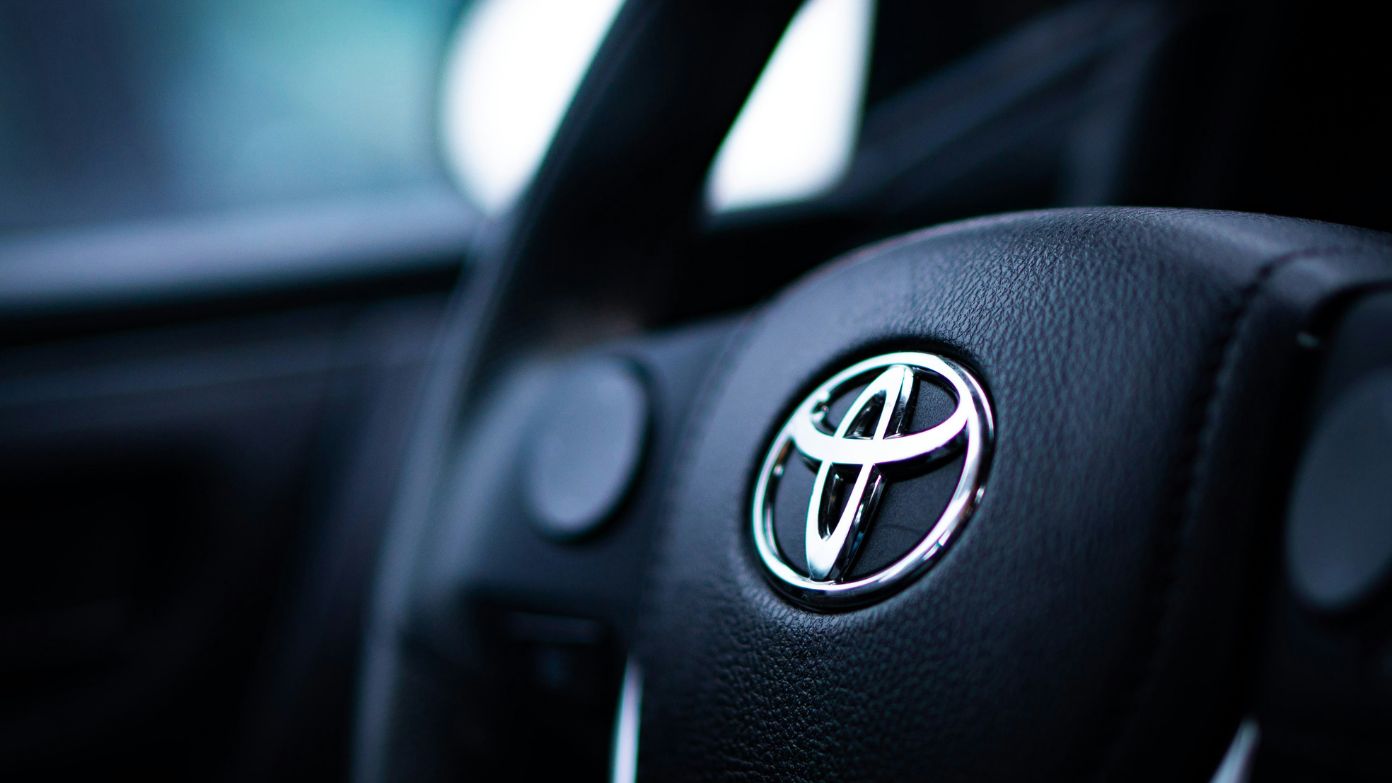Toyota is recalling around 400,000 Tundra, Sequoia, and Tacoma vehicles in the U.S. because of two separate safety issues — one is software-based and the other is mechanical. If you own one of these models, this is something you need to know.
Which Toyota models and years are affected?
According to reports from the company, the largest recall covers about 394,000 Tundra, Tundra Hybrid, and Sequoia vehicles built between 2022 to 2025. This one is due to a software problem in the multimedia/infotainment display system.
There is also another smaller recall which affects roughly 6,000 Tacoma trucks, specifically 2025 4WD Tacomas, where there may be a defect in the driveshaft joint.
So if you have any of these vehicles in one of those years, that is, 2022 to 2025 and if the model corresponds to the ones mentioned, it could be part of the recall.
Recommended:
Popular Mexican restaurant chain goes bankrupt after years of expansion
What really went wrong in these vehicles
According to recent reports, it has something to do with software bugs and driveshaft defects. To better understand this problem, here is a breakdown:
Rearview camera / display issue
In the Tundra and Sequoia recall, a software bug in the 14-inch infotainment display can cause the screen to go half green, fully green, or black. Because of that, the rearview camera may not show properly when you reverse, and that is a real safety risk if you depend on it to see behind your vehicle.
Driveshaft problem in Tacomas
The Tacoma recall is related to the front driveshaft joints in 4WD models. It is suspected that some units may have been built with incorrect materials meaning, the driveshafts could deform or break while you are driving, making turning difficult or worse. In some full-time 4WD setups, failure might even allow the truck to roll away while in park if the electronic parking brake is off. Thats very risky but thankfully this problem has been detected and the model is recalled promptly.
What will Toyota do to fix the problems
Here are a few actions Toyota is expected to take to fix these issues at the moment:
- For the Tundra and Sequoia models, Toyota will update the software in the display system at no cost to you if you own one of these vehicles.
- For affected Tacoma trucks, dealerships will inspect driveshaft assembly serial numbers and replace the defective parts free of charge for owners.
- Toyota plans to notify owners by late November 2025 so people know whether their vehicle is affected.
If your vehicle is part of these recalls, your dealership should be able to perform these fixes for you all at $0—free of charge.
Recommended:
Ford recalls over 100,000 vehicles due to steering column defect
Why this recall matters
This recall shows that trusted brands like Toyota face issues, further proving that no automobile company is immune to software bugs or parts defects.
Looking at the parts affected, the camera/display bug, for instance, is serious because many drivers rely on rearview cameras for safety, especially in tight parking or backing up. Additionally, the driveshaft problem is more dangerous because a broken driveshaft means you can lose control, so it’s not just an inconvenience—it’s a safety hazard.
Recalls like this show how vehicles depend heavily on functioning software and precise materials. A small flaw—no matter how small—can affect the safety features of a vehicle.
What you should do if you own one of these models
If you have one of these models that have been recalled, here are a few steps you can take:
- Check if your vehicle is included — use your VIN or contact your dealer to see if your Tundra, Sequoia, or Tacoma is affected.
- Wait for the notification — Toyota says it will send mail notices to owners by late November so make sure to keep checking your mail to ensure you get the information promptly.
- Schedule your fix — once you have been notified, take your vehicle to a Toyota dealer to get either the software update or parts replacement done on your vehicle.
- Don’t ignore warning signs — if your display flickers or goes blank, or you feel vibration or unusual behavior in your driveshaft, have it checked even before the recall.

